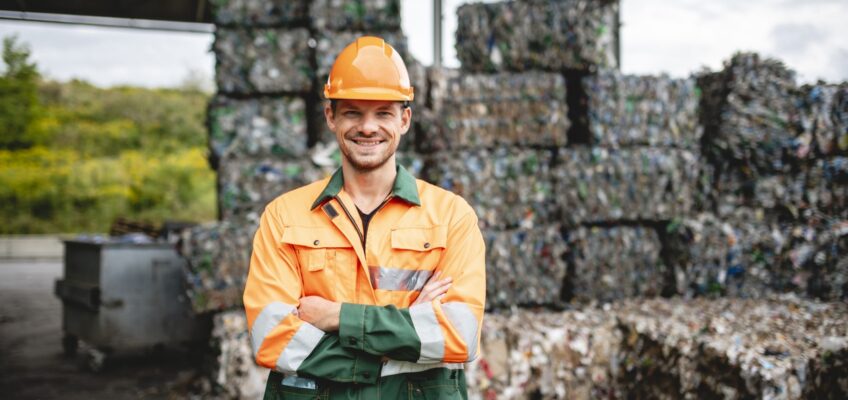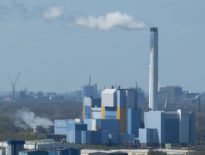Despite extensive lobbying by the Waste-to-Energy (WTE) industry, environmental and economic concerns have led to a welcome movement away from WTE throughout Europe and North America. In the U.S., citizens have effectively organized in opposition to new WTE plants since 1996, with 400 such proposals defeated and only one new plant built. At the same time, existing WTE plants are shutting down as the burden they put on the environment and taxpayers can no longer be justified.
In Europe, the retreat from WTE is the result of changes in government policies that no longer provide incentives and investments in WTE by counting them toward renewable energy goals. These new policies arose in response to a decades-long experience with WTE that showed the approach destroyed resources, polluted the environment and put inflexible constraints on recycling and composting regardless of any advances in technology.
This partial listing of actions taken in the U.S. and the E.U. clearly documents the shift away from WTE:
2017
- The European Union calls for defunding investments in WTE, stating that “construction of the incinerator (in Belgium) may even put at risk the negotiations for Serbia to join the EU.”
- Tax Changes in the EU eliminate public support for WTE investments.
- Vote in plenary by the EU Parliament on Regional Funds denies funding for residual waste management, including WTE.
2018
- The European Community issues formal communication on the role of Waste-to-Energy.
- Sustainable Finance Investment Guide for the European Investment Bank excludes WTE as an acceptable investment.
2019
- The Nordic Countries, known as the homeland of WTE, move away from WTE due to legally binding material recovery targets stipulated in the EU Circular Economy Package (at least 65% net material recovery by 2035).
- European Green Deal established by the European Commission, requires less waste, higher recycling levels and the right to repair.
2020
- Denmark starts phasing out WTE capacity to meet decarbonization goals and avoid becoming an outlier in the EU climate policy arena. In announcing the phase-out, Denmark states that WTE does not “contribute to renewable energy goals…WTE emit more than twice as much fossil CO2 per kWh than the average energetic production in Europe.”
- European Environmental Bureau Climate Action Plan calls for the end of WTE by 2040.
- Out of the 37 chemical recycling facilities proposed in the U.S. since 2000, only three are currently operational and none have successfully made new plastic on a commercial scale. The Global Alliance for Incinerator Alternatives (GAIA) report concludes by noting that we don’t have any more time to waste on green washing tech-fixes like “chemical recycling.” Cities and states must focus on what actually works: reducing the amount of plastic produced and transitioning to Zero Waste systems.”
References
All Talk and No Recycling: An Investigation of the US “Chemical Recycling” Industry. Global Anti Incineration Alliance, July 2020
European Incineration Myth: Current Trends. Zero Waste Europe, July 2020
Photo credit: AzmanJaka via iStock





